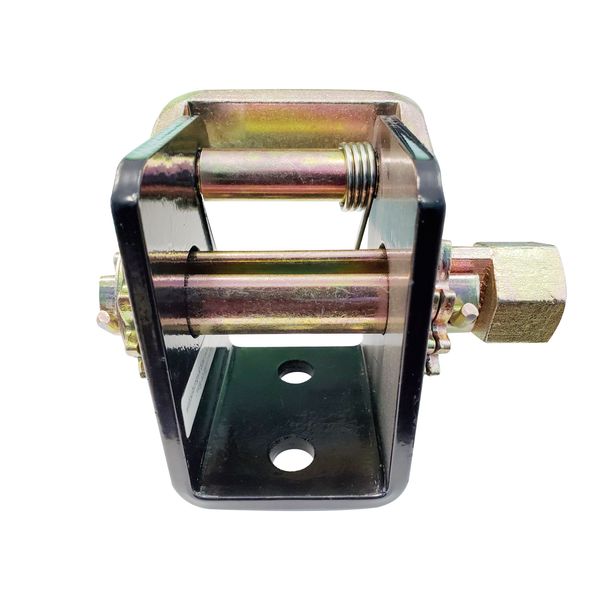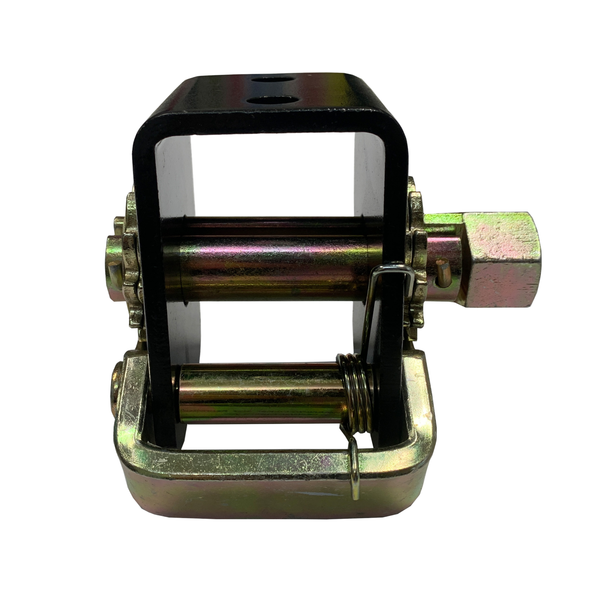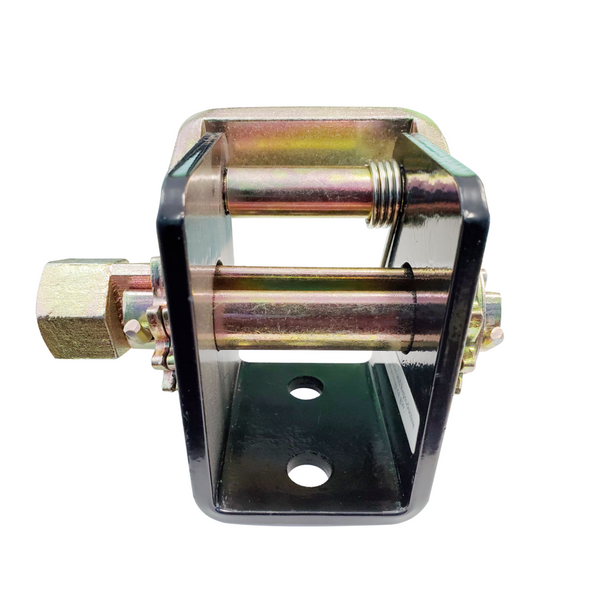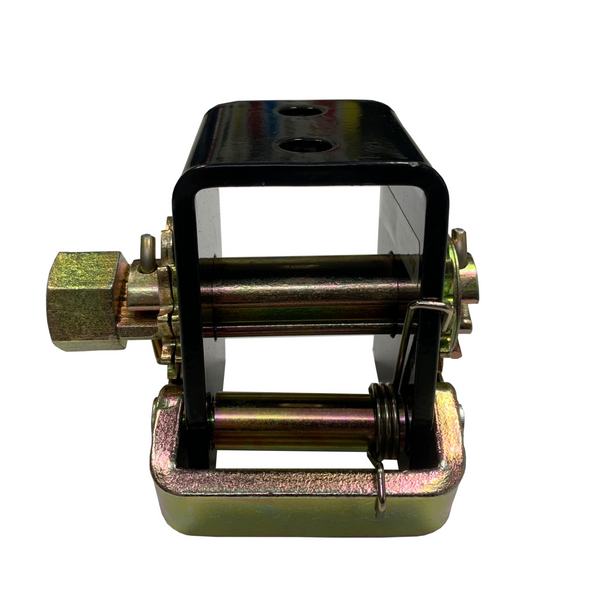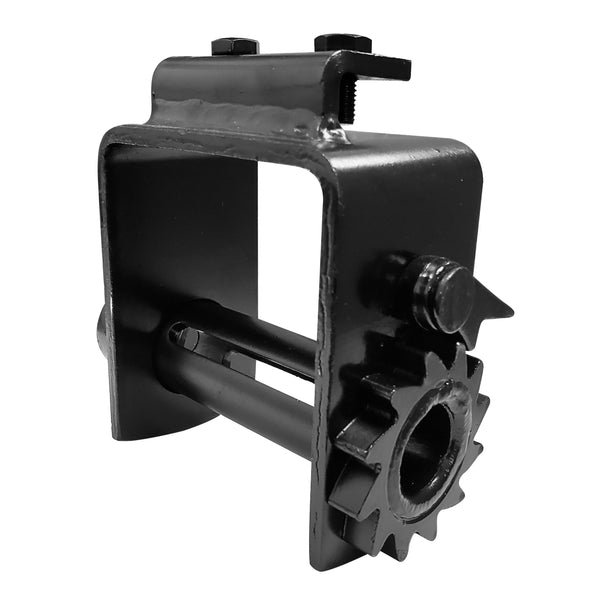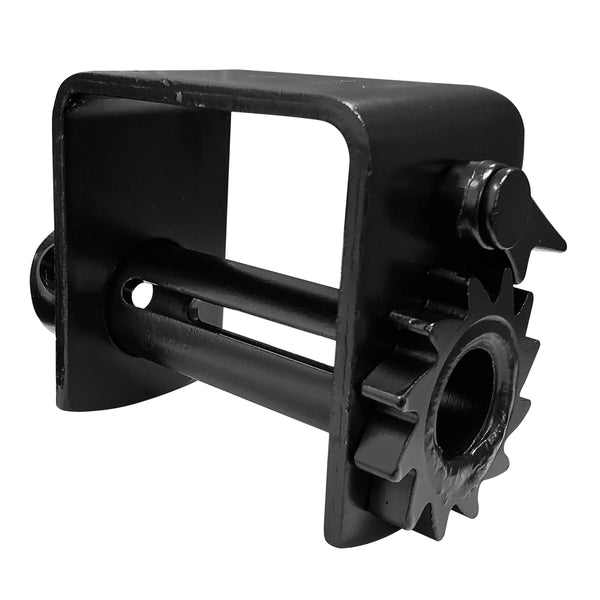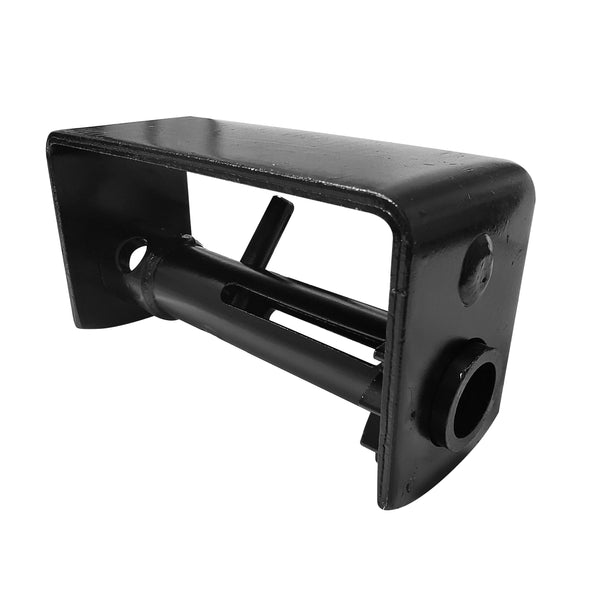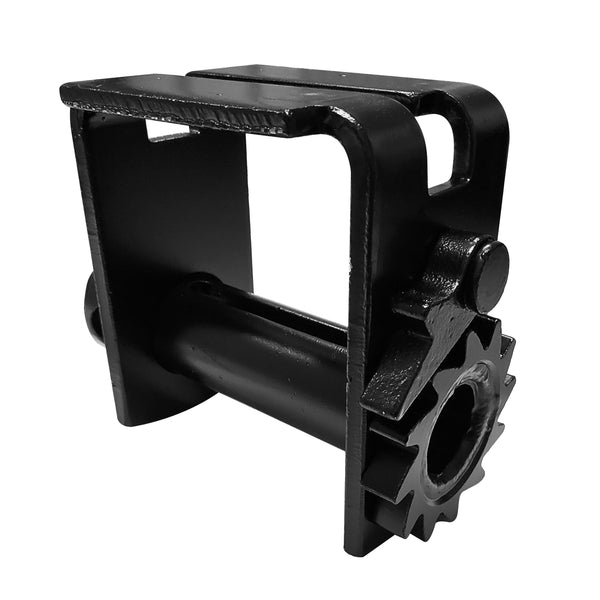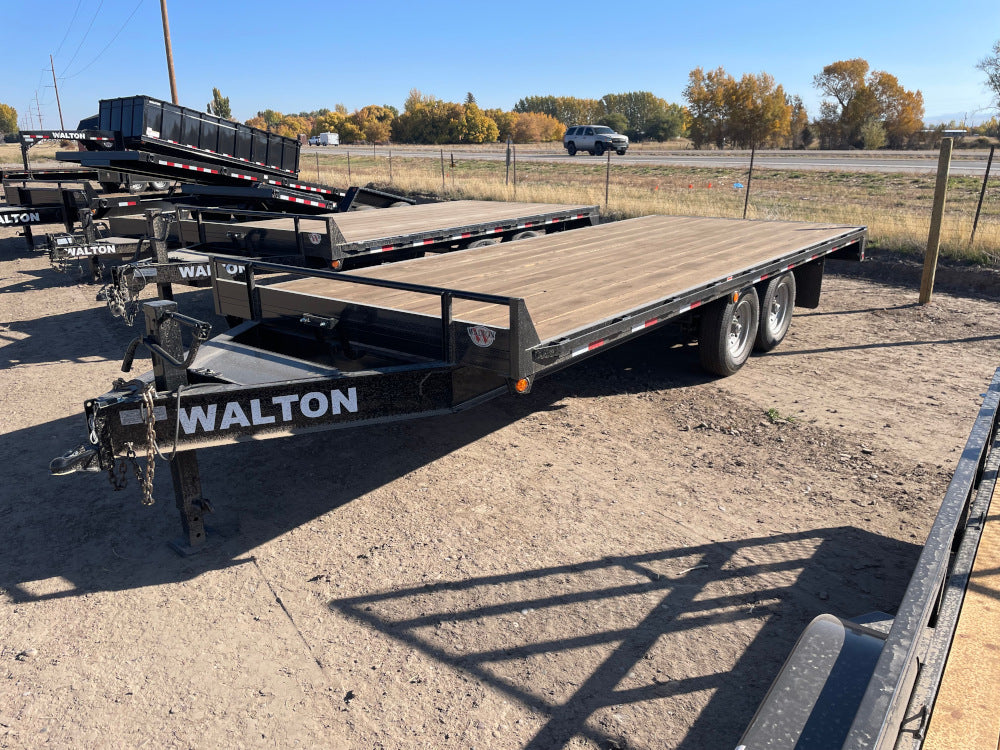
When it comes to towing a vehicle, selecting the right equipment is crucial for safety, efficiency, and cost-effectiveness. Two of the most common options are tow dollies and flatbed trailers, each with distinct advantages depending on your needs.
In this guide, we’ll break down the key differences between tow dollies and flatbed trailers, their benefits, and how to choose the best option for your vehicle transport needs.
What is a Tow Dolly?
A tow dolly is a specialized two-wheel trailer designed to transport vehicles by lifting their front wheels off the ground while the rear wheels remain on the road. This towing method is particularly popular for front-wheel-drive (FWD) vehicles, offering a cost-effective and lightweight alternative to flatbed trailers.
How Tow Dollies Work
- ✔ The front wheels of the vehicle are secured onto the dolly using tire straps and ratchets.
- ✔ The rear wheels roll freely behind the towing vehicle.
- ✔ The transmission must be in neutral (for automatic FWD vehicles) to prevent drivetrain damage.
- ✔ The vehicle's steering wheel must be locked to prevent unwanted movement.
Common Uses for Tow Dollies
✔ RV Travel – Bring a smaller car behind your motorhome for local errands
✔ Moving & Relocation – Transport an extra vehicle when you're short on drivers
✔ Breakdown Recovery – Tow a disabled car to a repair shop
✔ Auto Dealerships & Rentals – Move inventory between locations
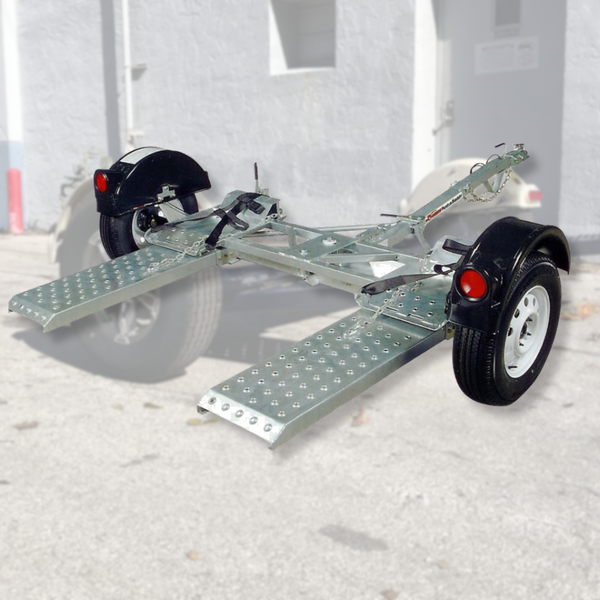
Advantages of Tow Dollies
✅ Cost-Effective – Cheaper to rent or buy than flatbed trailers.
✅ Lightweight & Maneuverable – Easier to handle in tight spaces.
✅ No Odometer Increase – Rear wheels don't register mileage.
✅ Quick Setup – Faster to load than a full trailer.
Key Features of Tow Dollies
1. Weight & Capacity
- Most tow dollies weigh 500–1,500 lbs
- Maximum vehicle weight typically from 3,500–5,000 lbs.
- Always check your tow vehicle's hitch capacity before use.
2. Wheel & Brake Systems
- Surge brakes (common on heavier models) automatically engage when slowing down.
- Electric brakes (on premium models) offer better stopping control.
- Pneumatic tires (usually 12"–15") provide stability at highway speeds.
3. Loading Mechanism
- Tilting ramps – The deck lowers to the ground for easier loading.
- Fixed ramps with extensions – Require more clearance but are more durable.
- Self-centering tracks – Help align the vehicle properly during loading.
What Is a Flatbed Trailer?
A flatbed trailer is a large, open platform that fully supports a vehicle, keeping all wheels off the ground. It’s the most secure and versatile towing option.
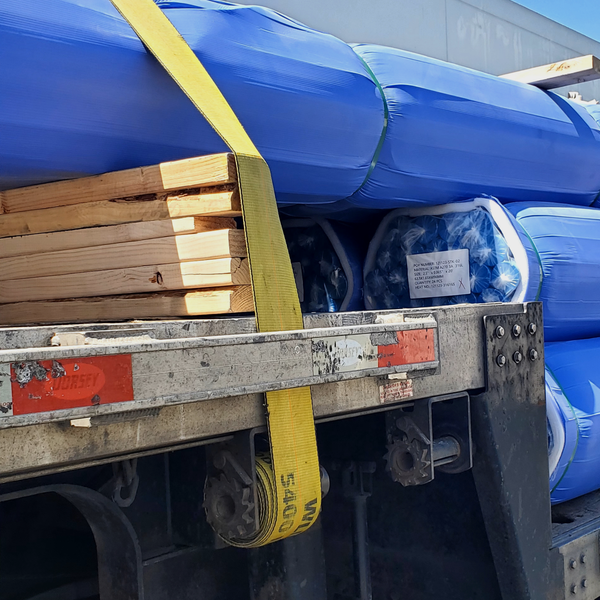
Key Benefits of a Flatbed Trailer:
✅ All-Wheel Support – Safely tows AWD, 4WD, and RWD vehicles without drivetrain risks.
✅ Zero Tire Wear – Since no wheels roll, tires remain untouched during transport.
✅ Greater Stability & Safety – Best for long-distance hauls and high-value vehicles.
✅ Versatile for Large Vehicles – Can transport SUVs, trucks, and heavy-duty cars.
Best For:
- All-wheel-drive (AWD) and 4x4 vehicles
- Long-distance towing
- Luxury, classic, or oversized vehicles
Choosing The Right Option
The choice between a tow dolly and a flatbed trailer depends on various factors, including the type of vehicle you are towing, the distance of your journey, and your budget.
Here are some considerations to help you make the right decision:
- Vehicle Type:
Tow dollies are ideal for compact and front-wheel-drive vehicles, while flatbed trailers are suitable for a broader range of vehicles, including larger ones. - Distance:
For short-distance moves, a tow dolly may be more economical. However, for long-distance hauls, a flatbed trailer might be a better option to ensure the vehicle's safety and reduce wear on tires. - Budget:
If cost is a significant factor, tow dollies are generally more affordable. However, it's essential to weigh the cost against the specific needs of your towing situation.

